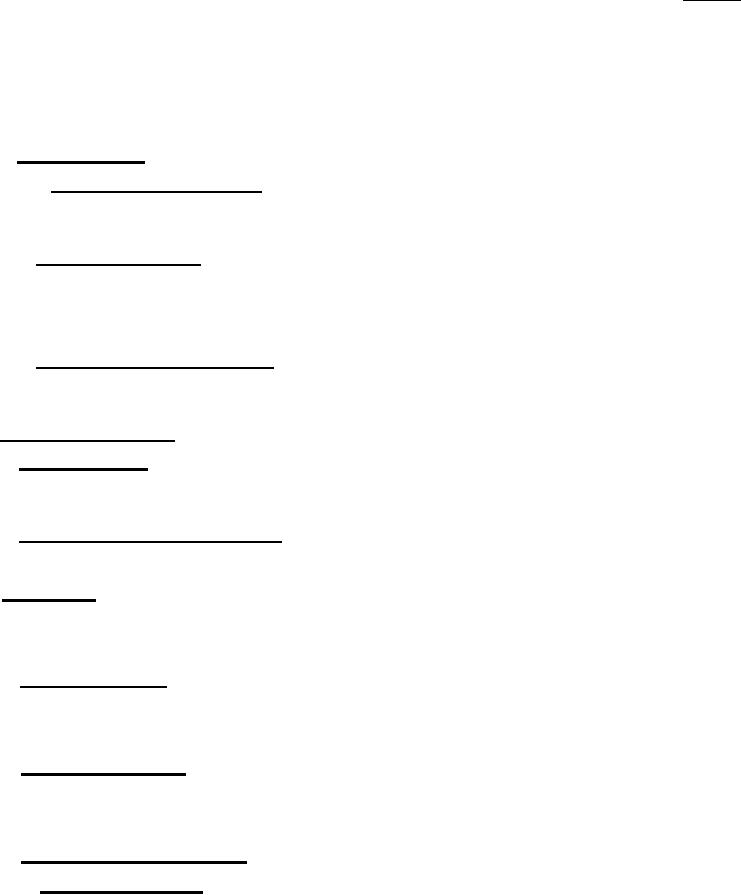 |
|||
|
|
|||
| ||||||||||
|
|  MIL-T-46786B
3.10.2 Tank interiors.
3.10.2.1 Type I and II I fuel tanks. The interior of types I and III fuel
tanks shall be treated with a rust-preventing fog oil conforming to
MIL-L-21260, type I or II, grade 30, prior to the airtight sealing of all fuel
tank openings in preparation for shipment or storage.
3.10.2.2 Type II fuel tanks. The interior of type II fuel tanks, including
baffle plates, shall be treated in accordance with TT-C-490, type II, method
II, III or IV, prior to treatment with a rust-preventive fog oil conforming to
MIL-L-21260, type I and II, grade 30. After the oil-fogging treatment, all
fuel tank openings shall be sealed airtight in preparation for shipment or
storage.
3.10.2.3 Type III and IV fuel tanks. Unless otherwise specified (see 6.2),
the interior of type III and IV fuel tanks shall not be treated prior to the
airtight sealing of all fuel tank openings in preparation for shipment or
storage.
.
3.11 Fuel tank standards.
3.11.1 DOT truck type. When specified (see 6.2), type 1, II, III and IV
fuel tanks shall conform to the side-mounted requirements of the DOT Motor
Carrier Safety Regulations 49CFR393 without respect to the installed location
of these tanks on the equipment.
3.11.2 Underwriters Laboratories Inc. When specified (see 6.2), types I,
11, III and IV fuel tanks shall conform to Underwriters Laboratories Inc.,
Standards for Safety, Automotive Fuel Tanks, Standard Number UL 395.
3.12 Workmanship . Workmanship of each fuel tank shall be in accordance with
the engineering, manufacturing, and production standards of the fuel tank
industry. The fuel tanks shall be free from workmanship deficiencies that
could impair the operation or serviceability of the fuel tanks when mounted on
the equipment.
3.12.1 Metal fuel tanks. All parts, components, and assemblies of metal
fuel tanks shall be smooth, clean, and free from sand, dirt, fins, pits,
sprues, scale, flux, and other harmful extraneous material. External surfaces
shall be free of burrs and sharp edges and corners except when sharp edges and
corners are functional.
3.12.2 Plastic fuel tanks. All parts of type IV plastic fuel tanks shall.be
free from uncured or unbended areas, gaps, cracks, holes, blisters, areas not
homogeneously mixed,. wrinkles, delamination, air or as pockets, patches,
porosity, and other defects. External surfaces shalf be free from sharp edges
and corners except when sharp edges and corners are functional.
3.12.3 Fabrication of fuel tanks.
3.12.3.1 Aluminum and steel. Aluminum and steel used in the fabrication of
fuel tanks shall provide original quality surface finish and shall be free from
kinks and sharp bends. Aluminum and steel having an eroded surface is not
acceptable. The forming of the material shall be done by methods that will not
cause damage to the metal. Shearing, punching, and chipping shall be done
uniformly, neatly, and accurately. Comers shall be square and true and all
sharp edges and burrs shall be removed. The burned surfaces of flame-cut
material shall be free of burrs, slag, and sharp edges. Precautions shall be
taken to avoid overheating of metal. Heated metal shall be allowed to cool
slowly, except where heat treatment is required. All bends of a major
12
|
|
Privacy Statement - Press Release - Copyright Information. - Contact Us |